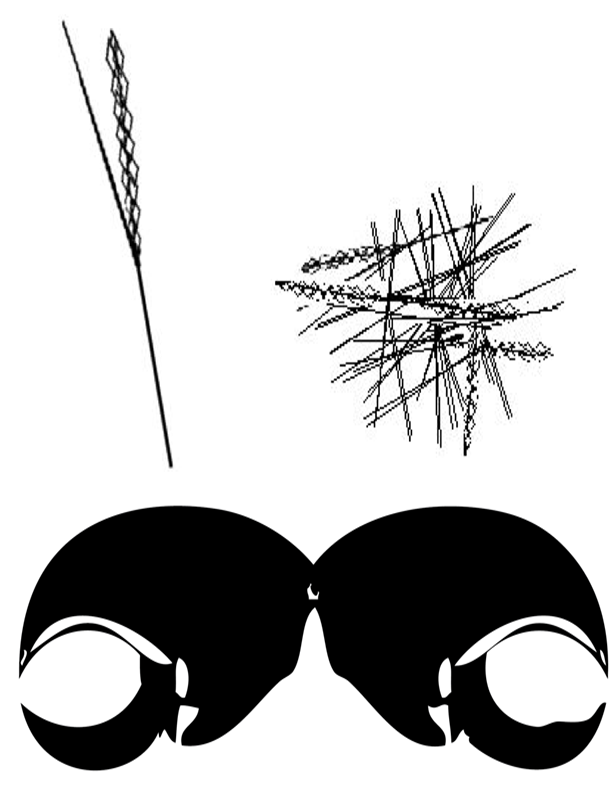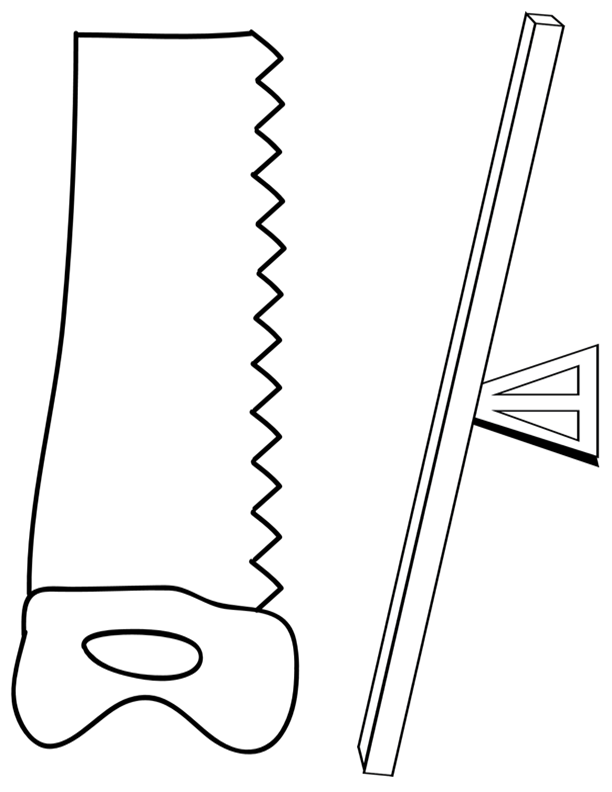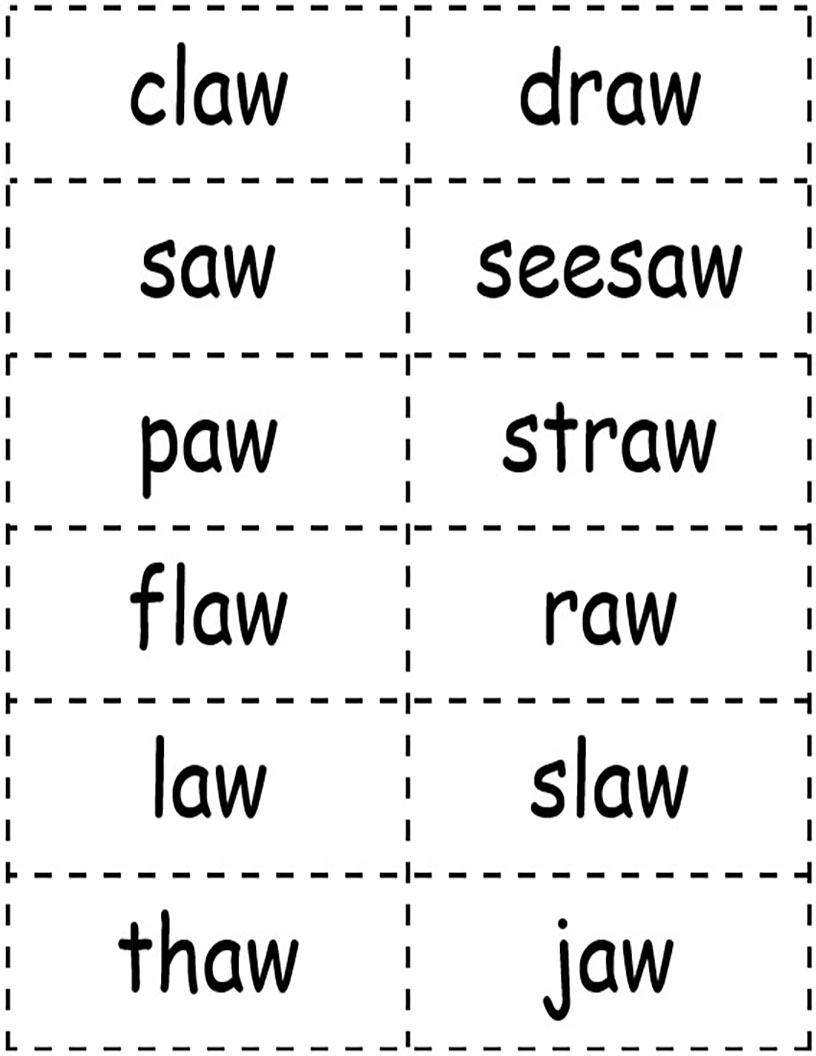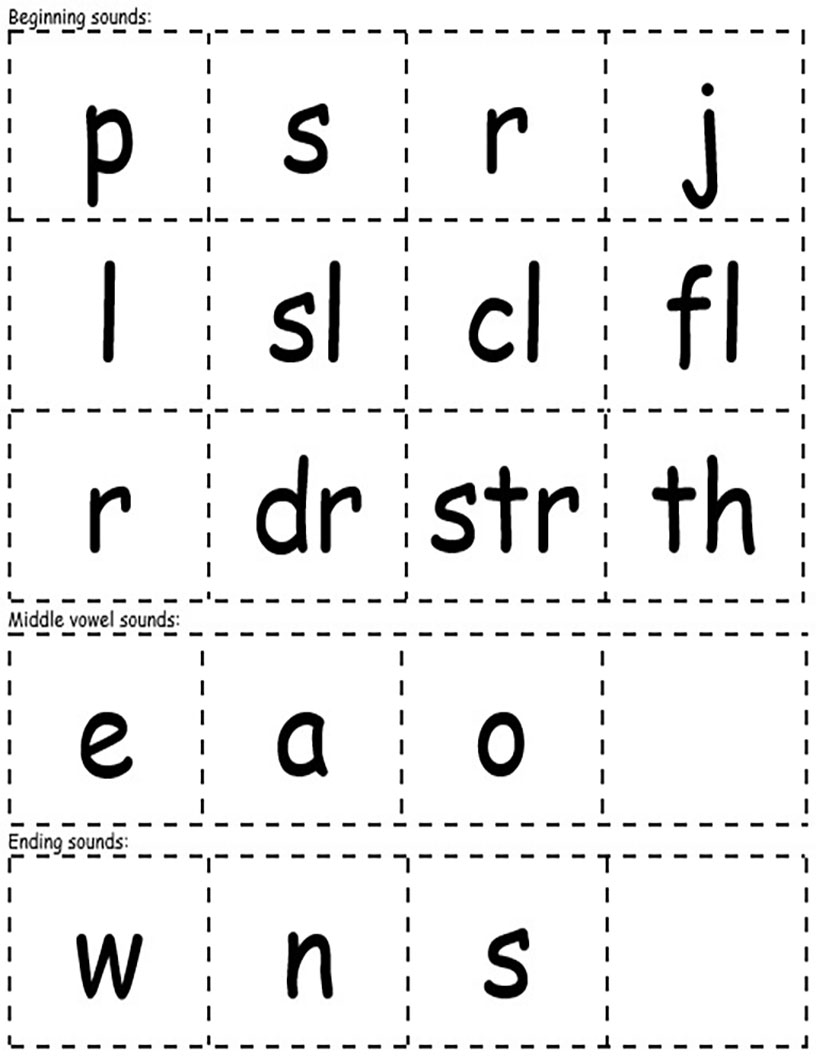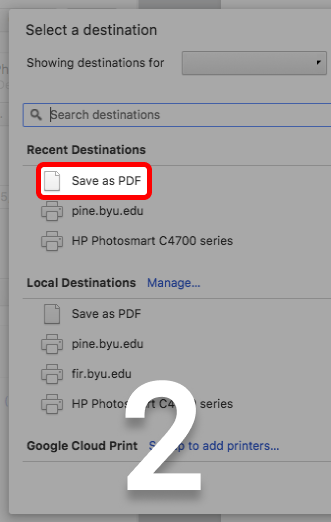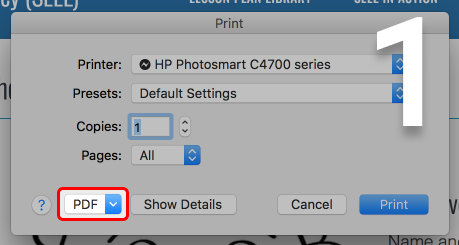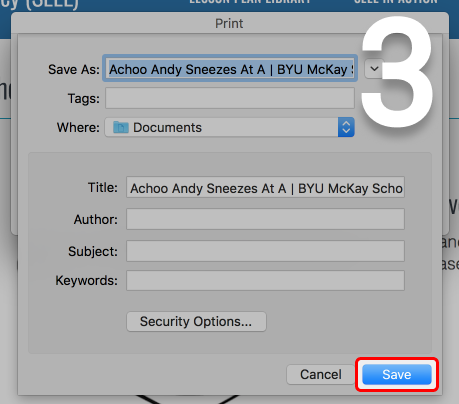A Claw and a Paw Can Draw

Lesson Plan
Target Words:
- paw
- saw
- draw
- claw
- straw
Materials:
- Kitchen tongs or tweezers to serve as a claw
- Clothespins
- Old socks to serve as pretend paws
- Picture of a paw*
- Pictures of a saw, seesaw, and claw*
- Pictures of paw prints, straw, and a lobster*
- Word cards*
- Word-building cards*
- I Saw a Paw and Claw Draw target text*
- Stuffed animal that have paws (optional)
*Items included below.
State and Model the Objective
The children will draw with paws and claws and then read and write words that end in aw, such as claw, draw, paw, saw, and straw.
Literacy Activities
Draw with paws
- Wear a sock like a paw.
- Let the children take turns using the sock paw to draw.
- Have the children hold a picture of a paw (found below) in their hands and use the paw to trace (pictures found below) or draw a saw or a seesaw.
Draw an -aw word with a claw
- Show the children a picture of a claw (found below) and talk about animals that have claws (e.g., lobsters, crabs).
- Show how clothespins or tongs are similar to claws.
- Explain that the word draw can mean to create a picture or to pick a card.
- Tell the children that they will draw a word card (found below) with a pretend claw.
- Have the children read the -aw word cards out loud.
- Mix up the -aw word cards and place them face down in a row.
- Let children draw an -aw word with a claw (clothespin or tongs) and read it.
Follow a path of paws to read -aw words
- Set out a path of paw prints (found below) leading to an animal resting in some straw (found below).
- Hide -aw word cards under the paw prints.
- Let the children follow the path of paw prints and read the -aw words found underneath.
- Comment on what you saw under a paw (e.g., "I saw the word thaw under the paw”).
- Have the children say what they saw (e.g., "I saw the word seesaw under the paw”).
- Let the children find the animal resting in some straw at the end of the paw prints.
Identify, blend, and manipulate sounds
With word-building cards, have the children make new words by changing the vowel or either of the consonant sounds:
- Change the beginning consonant(s): paw→ saw, raw→ jaw, law→ slaw, claw→ flaw, raw→ draw, straw→ thaw
- Change the ending consonant(s): paw→ pawn, draw→ drawn, claw→ claws, thaw→ thaws
- Change the vowel: draw→ drew, flaw→ flow
Read target words in texts
- Engage the children in reading the target text I Saw a Paw and Claw Draw (found below).
- Read the text again, fading support.
- Have the children make a list of the -aw words that they heard.
Write about the activity using target words and patterns
- Let the children write words from dictation (e.g., claw, paw, slaw, draw, saw, jaw, law, straw, seesaw, and thaw).
- Engage the children in interactive writing about their experience by generating sentence frames and letting the children fill in target words and phrases.
- "I saw ____ (e.g., a claw, a paw, words under a paw, a seesaw, any of the -aw words)."
- "A claw can draw ____ (e.g., a card, any of the -aw words)."
- "A paw can draw ____ (e.g., a saw, a seesaw)."
Read More
SEEL Target Texts
I Saw a Paw and Claw Draw
I saw a big paw.
I saw the paw draw.
I saw the paw draw a seesaw.
I saw the paw draw a saw.
I saw the paw draw.
I saw the paw draw a seesaw.
I saw the paw draw a saw.
I saw a big claw.
I saw the claw draw.
I saw the claw draw a card.
I saw the claw draw.
I saw the claw draw a card.
I saw a path of paws.
I saw an animal with paws in the straw.
I saw an animal with paws in the straw.
Read More
Standards
SEEL lessons align with Common Core Standards. Please see the standards page for the code(s) associated with this lesson.

http://education.byu.edu/seel/library/
12880
A Claw and a Paw Can Draw







